Signature Nationality Romanian Name Emil Constantinescu | Role Romanian Politician Children Dragos, Norina Boru Religion Romanian Orthodox | |
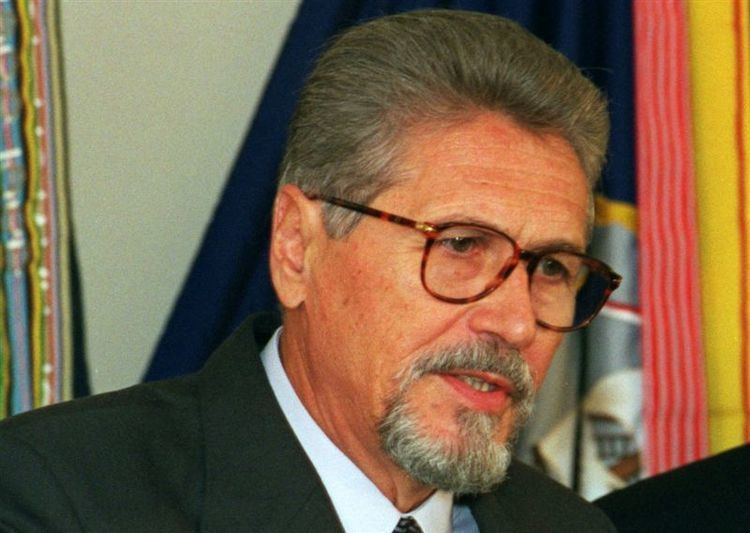 | ||
Born 19 November 1939 (age 85) Tighina, Kingdom of Romania (present day de jure Moldova, de facto Transnistrian Moldovan Republic) ( 1939-11-19 ) Spouse Ileana Constantinescu (m. 1963) Presidential term November 29, 1996 – December 20, 2000 | ||
Emil constantinescu soft power and global peace
Emil Constantinescu ([eˈmil konstantiˈnesku]; born 19 November 1939) is a Romanian professor and politician, who served as the third President of Romania, from 1996 to 2000.
Contents
- Emil constantinescu soft power and global peace
- turneul candidatilor 1996 dezbaterea ion iliescu emil constantinescu
- Early life and career
- After the presidency
- Honours and awards
- References
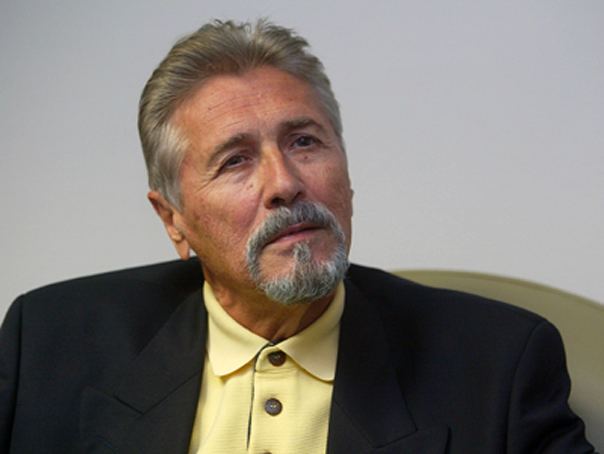
Constantinescu first graduated from the Faculty of Law and then the Faculty of Geology and Geophysics of the University of Bucharest, and subsequently started a career as a geologist. He is a doctor in Geology from the University of Bucharest; Doctor in Sciences from the Duke University, USA. Beginning in 1966, Constantinescu taught in the Geology Faculty of the University of Bucharest.
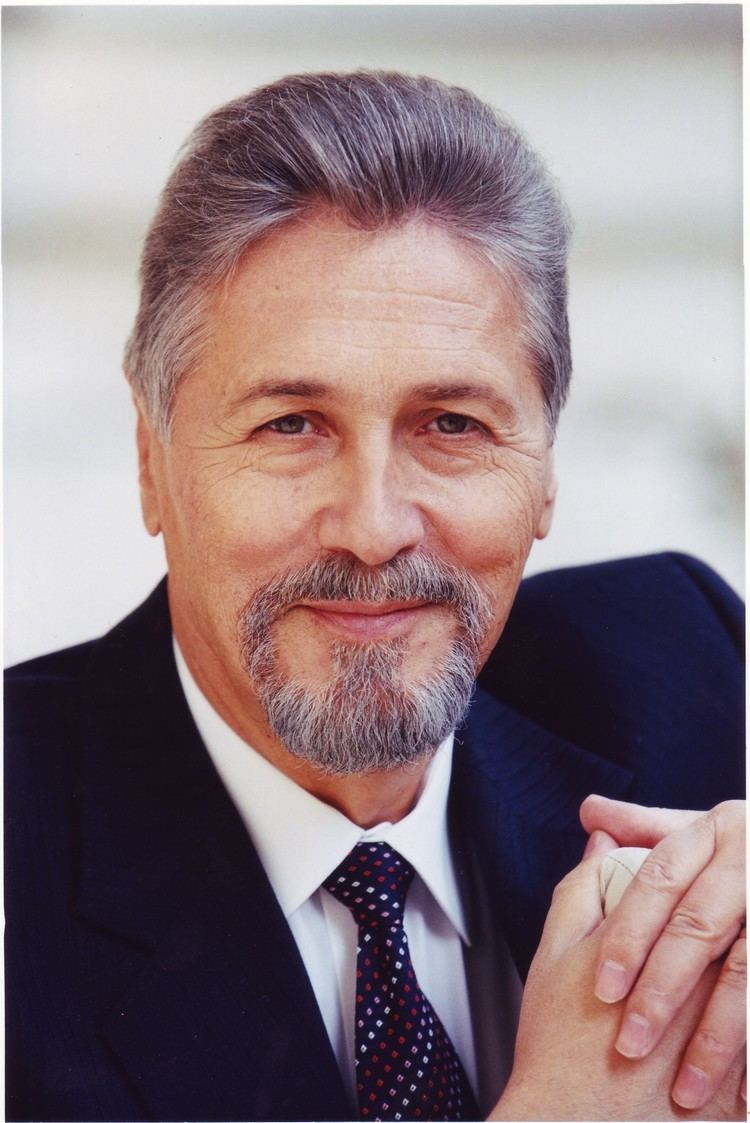
After the Romanian revolution in 1989, Constantinescu became a founding member and vice president of the Civic Alliance. He was the acting chairman of the Romanian Anti-Totalitarian Forum, the first associative structure of the opposition in Romania, which was transformed into a centre-right political and electoral alliance known as the Romanian Democratic Convention (CDR).
turneul candidatilor 1996 dezbaterea ion iliescu emil constantinescu
Early life and career
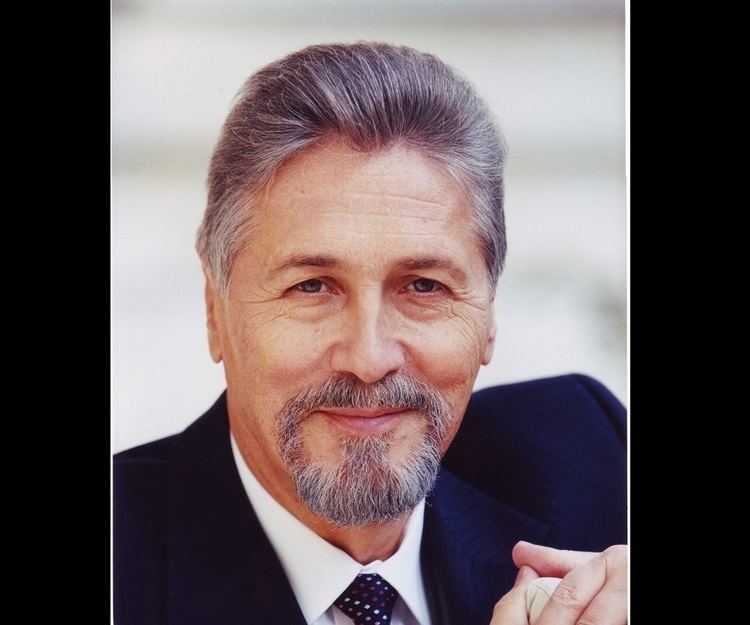
Constantinescu was born in Tighina in 1939, where his parents were temporarily living. He received three degrees from the University of Bucharest: in law (1960), geology (1966), and a doctorate in geology and geography (1979). He practiced law in Pitești in 1961–1962, but switched his focus to geology after deciding that a legal career would involve too many compromises.
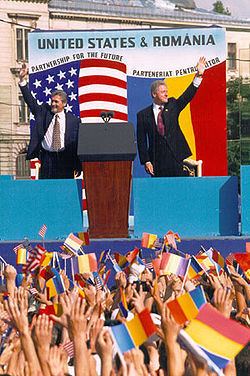
However, along with many other intellectuals, he joined the Romanian Communist Party (PCR) in 1965, hoping to foster change from within. Named a professor of geology and geography in Bucharest the following year, he later became the department's PCR cell leader for organization and propaganda. He taught geology until 1990, when he was named pro-rector of the university. He rose to the position of rector in 1992, and held it until 1996.
In 1992 Constantinescu was elected president (rector) of the University of Bucharest. During the same year, he also became CDR's candidate for president of Romania. He lost the election to then incumbent Ion Iliescu after the second round. In 1996, he competed once again for presidency with the support of the Romanian Democratic Convention and managed to defeat Iliescu in the second round, securing a victory by a margin of roughly 10%. CDR's success at the 1996 general elections marked the first peaceful transition of power in post-1989 Romania.
Nonetheless, throughout his four-year term, Constantinescu struggled with the slow implementation of the processes of modernization and privatization, which were bogged down by excessive bureaucracy. After another Mineriad which took place in 1999 and ended with the arrest of Miron Cozma, the remainder of his term suffered a political crisis between the majority parties that at the time formed the governing coalition. The country was further damaged by a drought in 2000. Eventually, his mandate ended with little short-term progress in economic privatization, as the state still controlled 80% of the economy.
After the presidency
Constantinescu's presidency along with CDR's governing were marred by an economic recession. Despite this, his presidency is now credited with putting an end to the Mineriads, a reform of the banking system, as well as with the attraction of the first major foreign investments in Romania. With dashed expectations of an immediate improvement in daily life, Romanians exhibited strong disillusionment with the major parties and politicians, with the Greater Romania Party gaining the second place in the 2000 elections.
A disenchanted Emil Constantinescu, who lost popularity and had failed to fulfill his reformist agenda announced on 17 July, 2000 that he would not run for a second term.. He temporarily withdrew from political life at the end of his term in November 2000. Constantinescu's direction in foreign affairs continued however after the comeback of Ion Iliescu in 2000. Eventually, Romania joined NATO in 2004.
The former President returned to the political scene in 2002 as head of the People's Action (Acţiunea Populară) party, which subsequently merged within the National Liberal Party in 2008.
Constantinescu has occasionally criticized the policies of the 2004–2009 president, Traian Băsescu, accusing him of authoritarian tendencies, and supported Crin Antonescu in the first round of the 2009 presidential elections.
Nowadays, he still remains heavily involved in politics through working for many NGOs, both in Romania and internationally. Emil Constantinescu is the current president of the Association of Citizenship Education, of the Romanian Foundation for Democracy and also the founding president of the Institute for Regional Cooperation and Conflict Prevention (INCOR).
A frequent speaker at the Oslo Freedom Forum, in 2010 he presented the OFF with a presidential medal. He is also a member of the international advisory council of the Victims of Communism Memorial Foundation.
